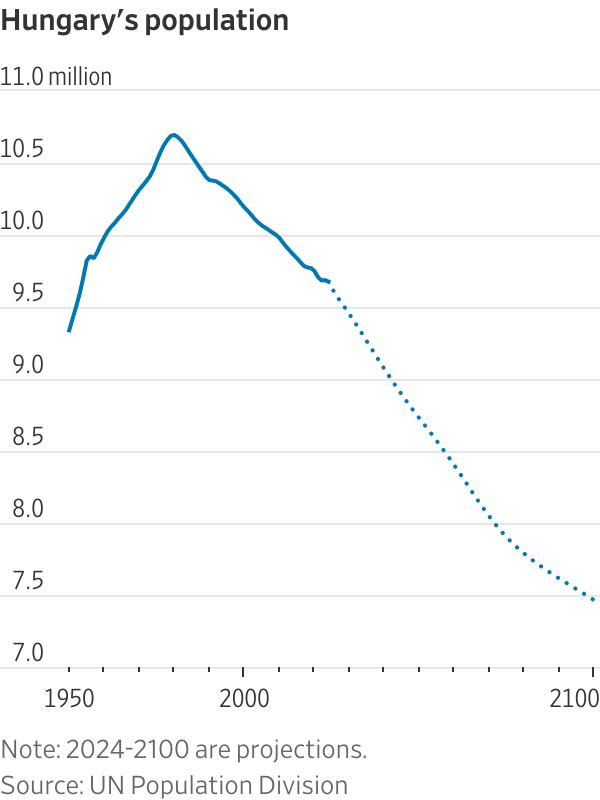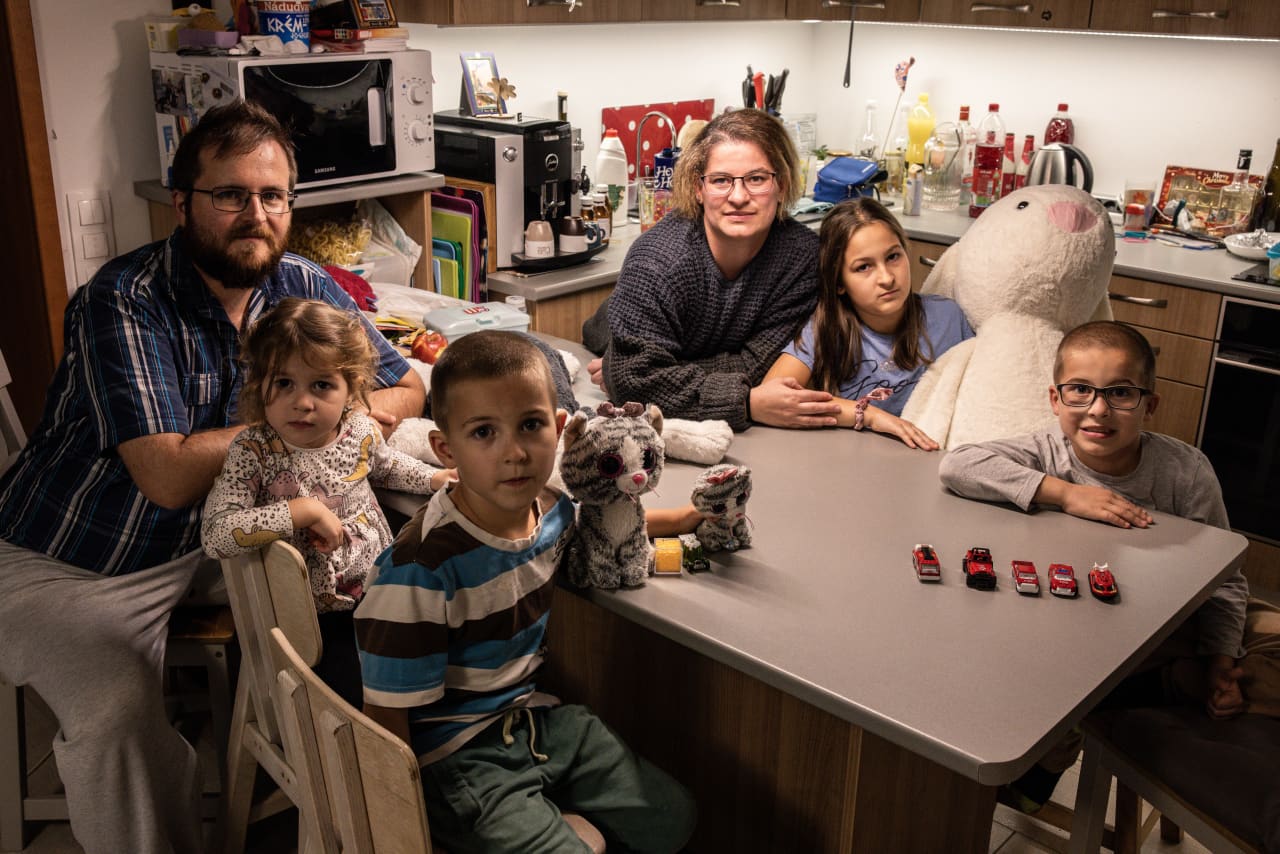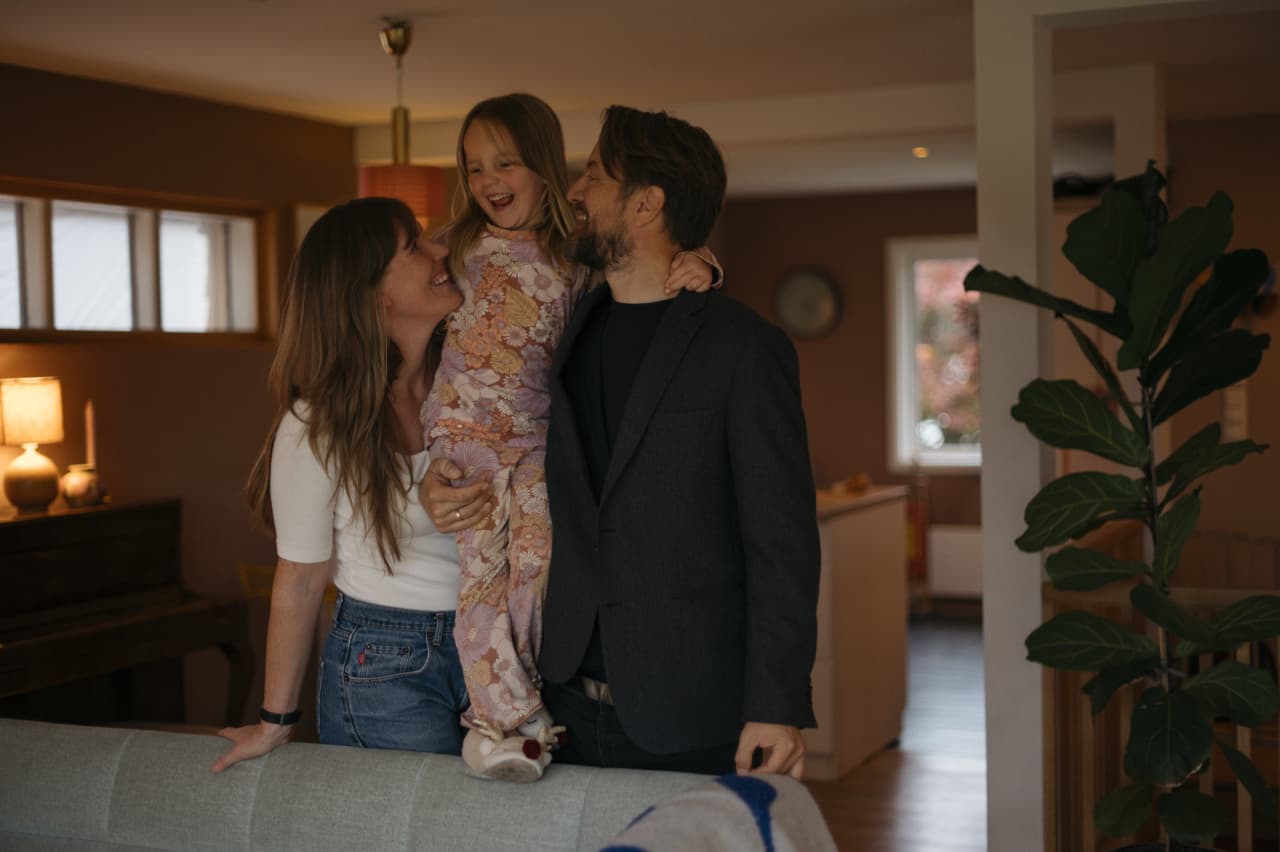Love and Deceit: Work-From-Home Era Spawns ‘Pillow Talk’ Insider Trading
Lawyers say recent securities-fraud cases have a new twist: they are the product of the daily humdrum of two adults doing their jobs remotely
Lawyers say recent securities-fraud cases have a new twist: they are the product of the daily humdrum of two adults doing their jobs remotely
Steven Teixeira’s use of his girlfriend’s laptop began innocently enough when she asked him to keep an eye on her work email while she went to fitness classes and ran errands.
As they weathered the pandemic from their apartment in Queens, N.Y., he gave in to temptation. His sweetheart worked as an executive assistant at Morgan Stanley, and her calendar invites included meetings about planned mergers and acquisitions that involved the investment bank.
Teixeira, a compliance executive at a payment-processing company whom she intended to marry, used the information to trade in advance of the deals. It netted him thousands in profits, promises of Rolex watches from friends he tipped off, and the scrutiny of federal officials probing insider trading. He pleaded guilty to a dozen fraud charges in June.
There is a rich history in securities fraud of “pillow talk” cases, in which insider traders glean confidential information from romantic partners. The Covid era offered a twist: Secrets weren’t spilled in the bedroom or over a bottle of wine, but during the humdrum routine of two adults working from home.
“During Covid, there was an uptick in brazen conduct,” said Edward Imperatore, a defence lawyer at law firm Morrison & Foerster. “In a work-from-home environment, people acted with more impunity.”
Another recent case snared a boyfriend who was training to work for the Federal Bureau of Investigation. Seth Markin pleaded guilty in December to trading on information he purloined from his lawyer girlfriend, an associate in the Washington office of law firm Covington & Burling.
In 2021, she was working on a pharmaceutical acquisition from her one-bedroom apartment, where Markin spent days at a time. According to prosecutors, she trusted him because he told her he had a security clearance, was going to be an FBI agent, and wanted to marry her.
Prosecutors said Markin passed on tips that led to at least 20 people trading based on confidential information. “I knew that my behavior was wrong,” Markin told the judge during his plea hearing. He is scheduled to be sentenced in March.
Representatives for the FBI and Covington declined to comment.
In Teixeira’s case, he was aided by a mouse-jiggler he bought that ensured his girlfriend’s laptop wouldn’t lock when she wasn’t using it, according to court documents. He has been cooperating with prosecutors and is scheduled to testify this year at the trial of his former friend, Jordan Meadow, who at the time was a stockbroker with Spartan Capital Securities. Meadow made more than $700,000 trading on Teixeira’s information and used the tips to advise clients who made millions, prosecutors allege.
“Yo you see UFS,” Meadow texted Teixeira, referencing the stock symbol of a company involved in a $3 billion deal, according to the indictment. He then asked for more nonpublic information, texting, “Feed me.”
Meadow has pleaded not guilty to the eight charges he is facing. Lawyers for Meadow and Spartan declined to comment, as did a spokeswoman for Morgan Stanley, and a lawyer for Teixeira didn’t respond to requests for comment.
In 2022, the Securities and Exchange Commission settled with a New Jersey man who it accused of illegally trading on inside information he heard when his domestic partner, who worked in marketing for an IT company, participated in calls from home, including an 11:30 p.m. videoconference in a home-office adjacent to their bedroom. Although he typically discussed his trades with her, in this case he hid them, executing the transactions from his work office, the SEC said. The man, who didn’t admit wrongdoing, paid $180,000.
One thing hasn’t changed since the earliest days of pillow talk: It is usually the men who can’t resist the urge to take advantage of their confidential information.
“Insider trading is an equal opportunity crime,” said Dixie Johnson, a partner at law firm King & Spalding who advises companies on how to avoid such situations. “But the cases we see usually have involved men doing the trading.”
Not that female romantic partners have always been innocent bystanders. In 2002, adult-movie actress Kathryn Gannon, known on screen as Marylin Star, pleaded guilty to trading on tips from an investment bank CEO with whom she was having an affair. She was sentenced to three months in prison.
A decade later, former beauty queen turned hedge-fund consultant Danielle Chiesi pleaded guilty to securities fraud for her role in a sprawling insider-trading ring. In a sentencing submission, she blamed a toxic relationship with her boss—and lover of 20 years—who urged her to get inside information.
One challenge for prosecutors is determining whether the partner who is privy to the information was in on the crime, said former federal prosecutor Brendan Quigley.
“Do they say, ‘Oh, my God, I would never give information to my spouse or significant other?’ It depends not only on what actually happened, but also on the nature of their relationship,” said Quigley, who prosecuted insider-trading cases in Manhattan.
For defense lawyers, pillow-talk cases can be difficult to handle at trial, particularly if one partner testifies against another. “To a juror, this is the bad boyfriend,” said Imperatore, the defense attorney. “He’s acting badly in a relationship in a way that goes beyond the four corners of insider trading.”
Not surprisingly, many such relationships don’t survive. Teixeira and his girlfriend split up, as did Markin and his.
Former Playboy CEO Christie Hefner and her husband, William Marovitz, divorced about a year after the SEC accused him of illegally trading Playboy stock based on information gleaned from his wife—despite her explicit instructions not to. Marovitz didn’t admit wrongdoing in a 2011 settlement.
One woman whose husband recently settled insider-trading charges involving confidential information related to her employer said coping with the allegations strengthened their bond.
“It felt like an injustice,” said the woman, who wasn’t identified in court papers. “It brought us closer together.”
 Copyright 2020, Dow Jones & Company, Inc. All Rights Reserved Worldwide. LEARN MORE
Copyright 2020, Dow Jones & Company, Inc. All Rights Reserved Worldwide. LEARN MORE
What a quarter-million dollars gets you in the western capital.
Alexandre de Betak and his wife are focusing on their most personal project yet.
Subsidised minivans, no income taxes: Countries have rolled out a range of benefits to encourage bigger families, with no luck
Imagine if having children came with more than $150,000 in cheap loans, a subsidised minivan and a lifetime exemption from income taxes.
Would people have more kids? The answer, it seems, is no.
These are among the benefits—along with cheap child care, extra vacation and free fertility treatments—that have been doled out to parents in different parts of Europe, a region at the forefront of the worldwide baby shortage. Europe’s overall population shrank during the pandemic and is on track to contract by about 40 million by 2050, according to United Nations statistics.
Birthrates have been falling across the developed world since the 1960s. But the decline hit Europe harder and faster than demographers expected—a foreshadowing of the sudden drop in the U.S. fertility rate in recent years.
Reversing the decline in birthrates has become a national priority among governments worldwide, including in China and Russia , where Vladimir Putin declared 2024 “the year of the family.” In the U.S., both Kamala Harris and Donald Trump have pledged to rethink the U.S.’s family policies . Harris wants to offer a $6,000 baby bonus. Trump has floated free in vitro fertilisation and tax deductions for parents.
Europe and other demographically challenged economies in Asia such as South Korea and Singapore have been pushing back against the demographic tide with lavish parental benefits for a generation. Yet falling fertility has persisted among nearly all age groups, incomes and education levels. Those who have many children often say they would have them even without the benefits. Those who don’t say the benefits don’t make enough of a difference.

Two European countries devote more resources to families than almost any other nation: Hungary and Norway. Despite their programs, they have fertility rates of 1.5 and 1.4 children for every woman, respectively—far below the replacement rate of 2.1, the level needed to keep the population steady. The U.S. fertility rate is 1.6.
Demographers suggest the reluctance to have kids is a fundamental cultural shift rather than a purely financial one.
“I used to say to myself, I’m too young. I have to finish my bachelor’s degree. I have to find a partner. Then suddenly I woke up and I was 28 years old, married, with a car and a house and a flexible job and there were no more excuses,” said Norwegian Nancy Lystad Herz. “Even though there are now no practical barriers, I realised that I don’t want children.”
Both Hungary and Norway spend more than 3% of GDP on their different approaches to promoting families—more than the amount they spend on their militaries, according to the Organization for Economic Cooperation and Development.
Hungary says in recent years its spending on policies for families has exceeded 5% of GDP. The U.S. spends around 1% of GDP on family support through child tax credits and programs aimed at low-income Americans.
Hungary’s subsidised housing loan program has helped almost 250,000 families buy or upgrade their homes, the government says. Orsolya Kocsis, a 28-year-old working in human resources, knows having kids would help her and her husband buy a larger house in Budapest, but it isn’t enough to change her mind about not wanting children.
“If we were to say we’ll have two kids, we could basically buy a new house tomorrow,” she said. “But morally, I would not feel right having brought a life into this world to buy a house.”
Promoting baby-making, known as pro natalism, is a key plank of Prime Minister Viktor Orbán ’s broader populist agenda . Hungary’s biennial Budapest Demographic Summit has become a meeting ground for prominent conservative politicians and thinkers. Former Fox News anchor Tucker Carlson and JD Vance, Trump’s vice president pick, have lauded Orbán’s family policies.
Orbán portrays having children inside what he has called a “traditional” family model as a national duty, as well as an alternative to immigration for growing the population. The benefits for child-rearing in Hungary are mostly reserved for married, heterosexual, middle-class couples. Couples who divorce lose subsidised interest rates and in some cases have to pay back the support.
Hungary’s population, now less than 10 million, has been shrinking since the 1980s. The country is about the size of Indiana.

“Because there are so few of us, there’s always this fear that we are disappearing,” said Zsuzsanna Szelényi, program director at the CEU Democracy Institute and author of a book on Orbán.
Hungary’s fertility rate collapsed after the fall of the Soviet Union and by 2010 was down to 1.25 children for every woman. Orbán, a father of five, and his Fidesz party swept back into power that year after being ousted in the early 2000s. He expanded the family support system over the next decade.
Hungary’s fertility rate rose to 1.6 children for every woman in 2021. Ivett Szalma, an associate professor at Corvinus University of Budapest, said that like in many other countries, women in Hungary who had delayed having children after the global financial crisis were finally catching up.
Then progress stalled. Hungary’s fertility rate has fallen for the past two years. Around 51,500 babies have been born there this year through August, a 10% drop compared with the same period last year. Many Hungarian women cite underfunded public health and education systems and difficulties balancing work and family as part of their hesitation to have more children.
Anna Nagy, a 35-year-old former lawyer, had her son in January 2021. She received a loan of about $27,300 that she didn’t have to start paying back until he turned 3. Nagy had left her job before getting pregnant but still received government-funded maternity payments, equal to 70% of her former salary, for the first two years and a smaller amount for a third year.
She used to think she wanted two or three kids, but now only wants one. She is frustrated at the implication that demographic challenges are her responsibility to solve. Economists point to increased immigration and a higher retirement age as other offsets to the financial strains on government budgets from a declining population.
“It’s not our duty as Hungarian women to keep the nation alive,” she said.
Hungary is especially generous to families who have several children, or who give birth at younger ages. Last year, the government announced it would restrict the loan program used by Nagy to women under 30. Families who pledge to have three or more children can get more than $150,000 in subsidised loans. Other benefits include a lifetime exemption from personal taxes for mothers with four or more kids, and up to seven extra annual vacation days for both parents.
Under another program that’s now expired, nearly 30,000 families used a subsidy to buy a minivan, the government said.
Critics of Hungary’s family policies say the money is wasted on people who would have had large families anyway. The government has also been criticised for excluding groups such as the minority Roma population and poorer Hungarians. Bank accounts, credit histories and a steady employment history are required for many of the incentives.
Orbán’s press office didn’t respond to requests for comment. Tünde Fűrész, head of a government-backed demographic research institute, disagreed that the policies are exclusionary and said the loans were used more heavily in economically depressed areas.

Government programs weren’t a determining factor for Eszter Gerencsér, 37, who said she and her husband always wanted a big family. They have four children, ages 3 to 10.
They received about $62,800 in low-interest loans through government programs and $35,500 in grants. They used the money to buy and renovate a house outside of Budapest. After she had her fourth child, the government forgave $11,000 of the debt. Her family receives a monthly payment of about $40 a month for each child.
Most Hungarian women stay home with their children until they turn 2, after which maternity payments are reduced. Publicly run nurseries are free for large families like hers. Gerencsér worked on and off between her pregnancies and returned full-time to work, in a civil-service job, earlier this year.
She still thinks Hungarian society is stacked against mothers and said she struggled to find a job because employers worried she would have to take lots of time off.
The country’s international reputation as family-friendly is “what you call good marketing,” she said.

Norway has been incentivising births for decades with generous parental leave and subsidised child care. New parents in Norway can share nearly a year of fully paid leave, or around 14 months at 80% pay. More than three months are reserved for fathers to encourage more equal caregiving. Mothers are entitled to take at least an hour at work to breast-feed or pump.
The government’s goal has never been explicitly to encourage people to have more children, but instead to make it easier for women to balance careers and children, said Trude Lappegard, a professor who researches demography at the University of Oslo. Norway doesn’t restrict benefits for unmarried parents or same-sex couples.
Its fertility rate of 1.4 children per woman has steadily fallen from nearly 2 in 2009. Unlike Hungary, Norway’s population is still growing for now, due mostly to immigration.
“It is difficult to say why the population is having fewer children,” Kjersti Toppe, the Norwegian Minister of Children and Families, said in an email. She said the government has increased monthly payments for parents and has formed a committee to investigate the baby bust and ways to reverse it.
More women in Norway are childless or have only one kid. The percentage of 45-year-old women with three or more children fell to 27.5% last year from 33% in 2010. Women are also waiting longer to have children—the average age at which women had their first child reached 30.3 last year. The global surge in housing costs and a longer timeline for getting established in careers likely plays a role, researchers say. Older first-time mothers can face obstacles: Women 35 and older are at higher risk of infertility and pregnancy complications.
Gina Ekholt, 39, said the government’s policies have helped offset much of the costs of having a child and allowed her to maintain her career as a senior adviser at the nonprofit Save the Children Norway. She had her daughter at age 34 after a round of state-subsidised IVF that cost about $1,600. She wanted to have more children but can’t because of fertility issues.
She receives a monthly stipend of about $160 a month, almost fully offsetting a $190 monthly nursery fee.
“On the economy side, it hasn’t made a bump. What’s been difficult for me is trying to have another kid,” she said. “The notion that we should have more kids, and you’re very selfish if you have only had one…those are the things that took a toll on me.”
Her friend Ewa Sapieżyńska, a 44-year-old Polish-Norwegian writer and social scientist with one son, has helped her see the upside of the one-child lifestyle. “For me, the decision is not about money. It’s about my life,” she said.